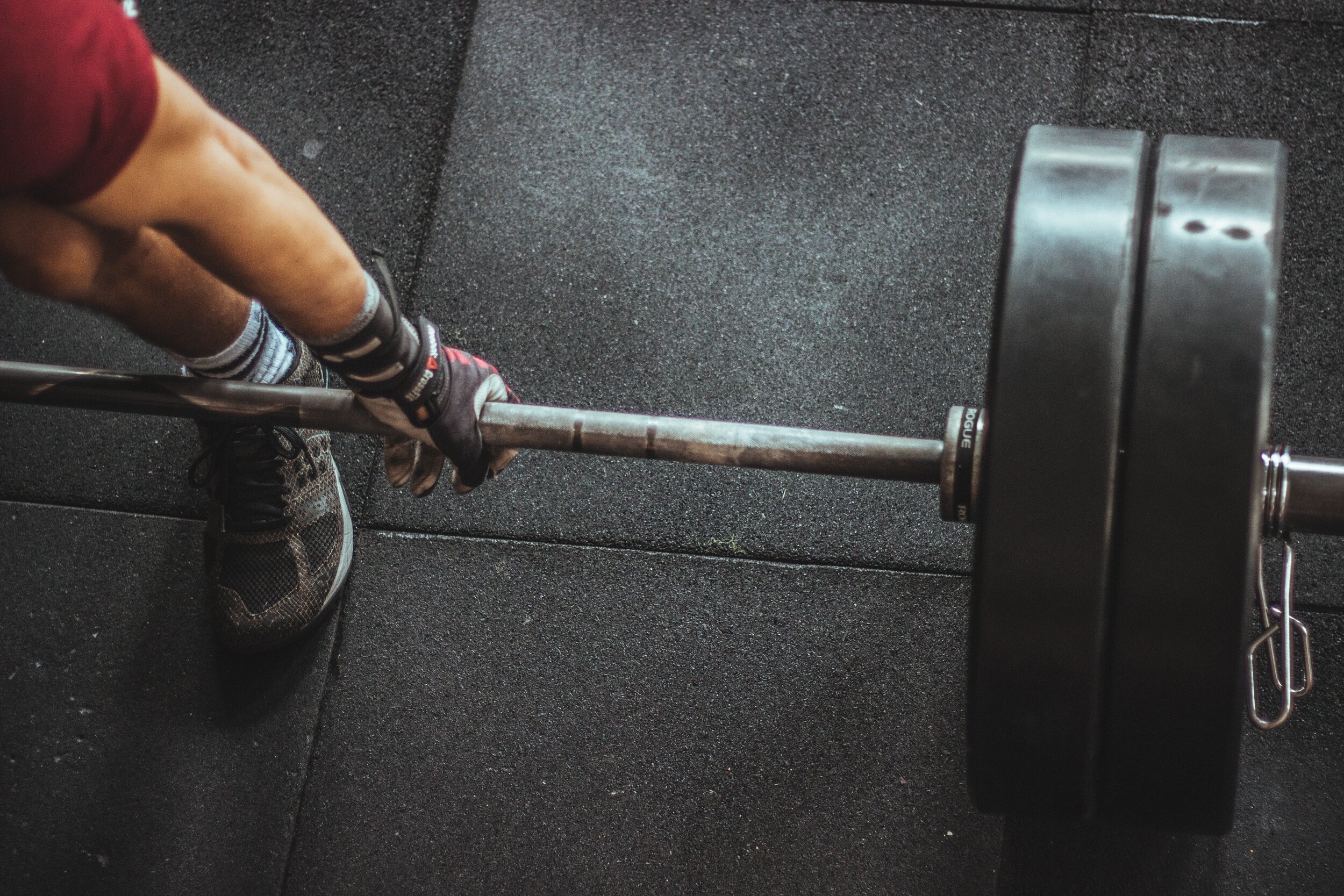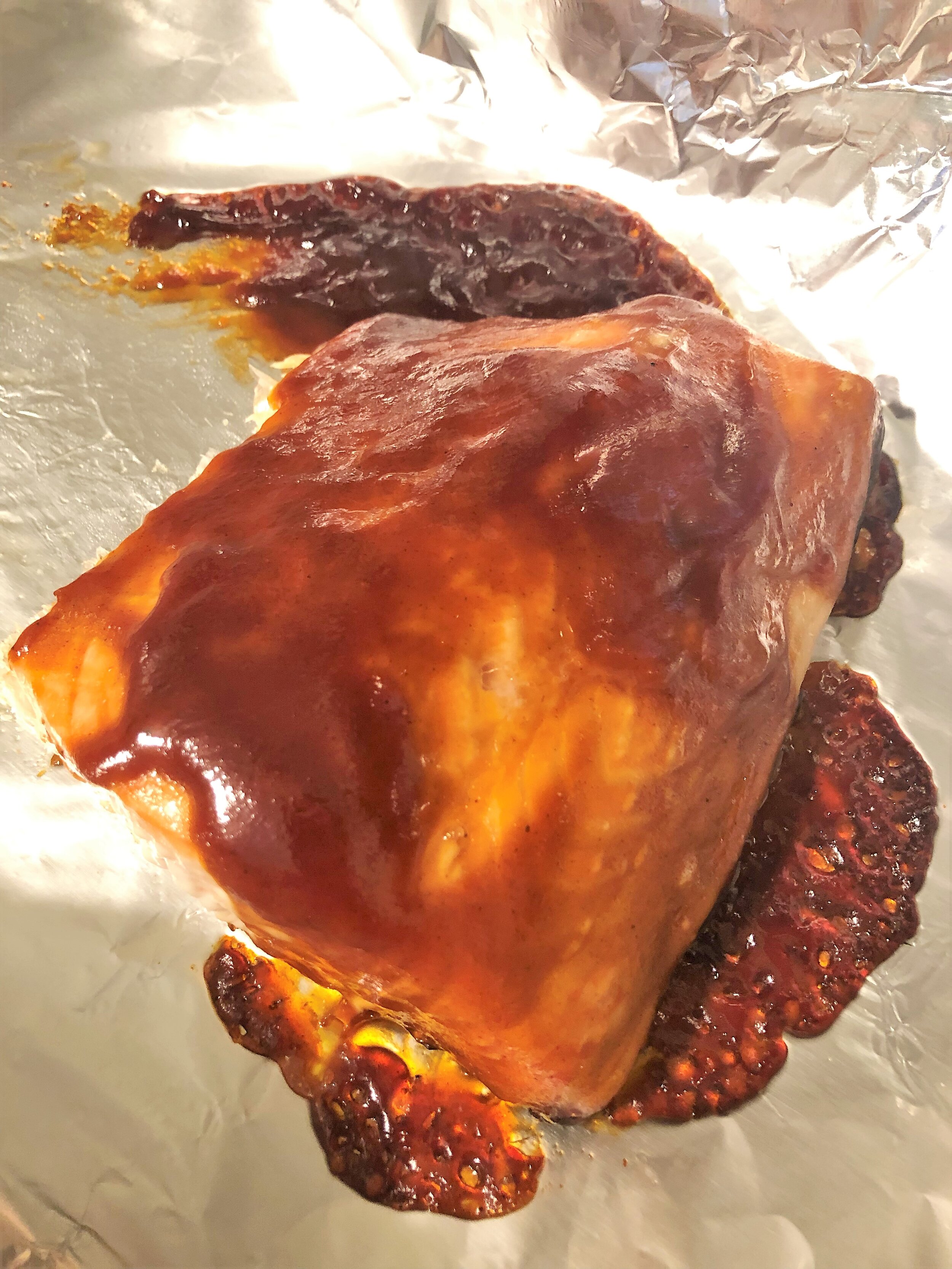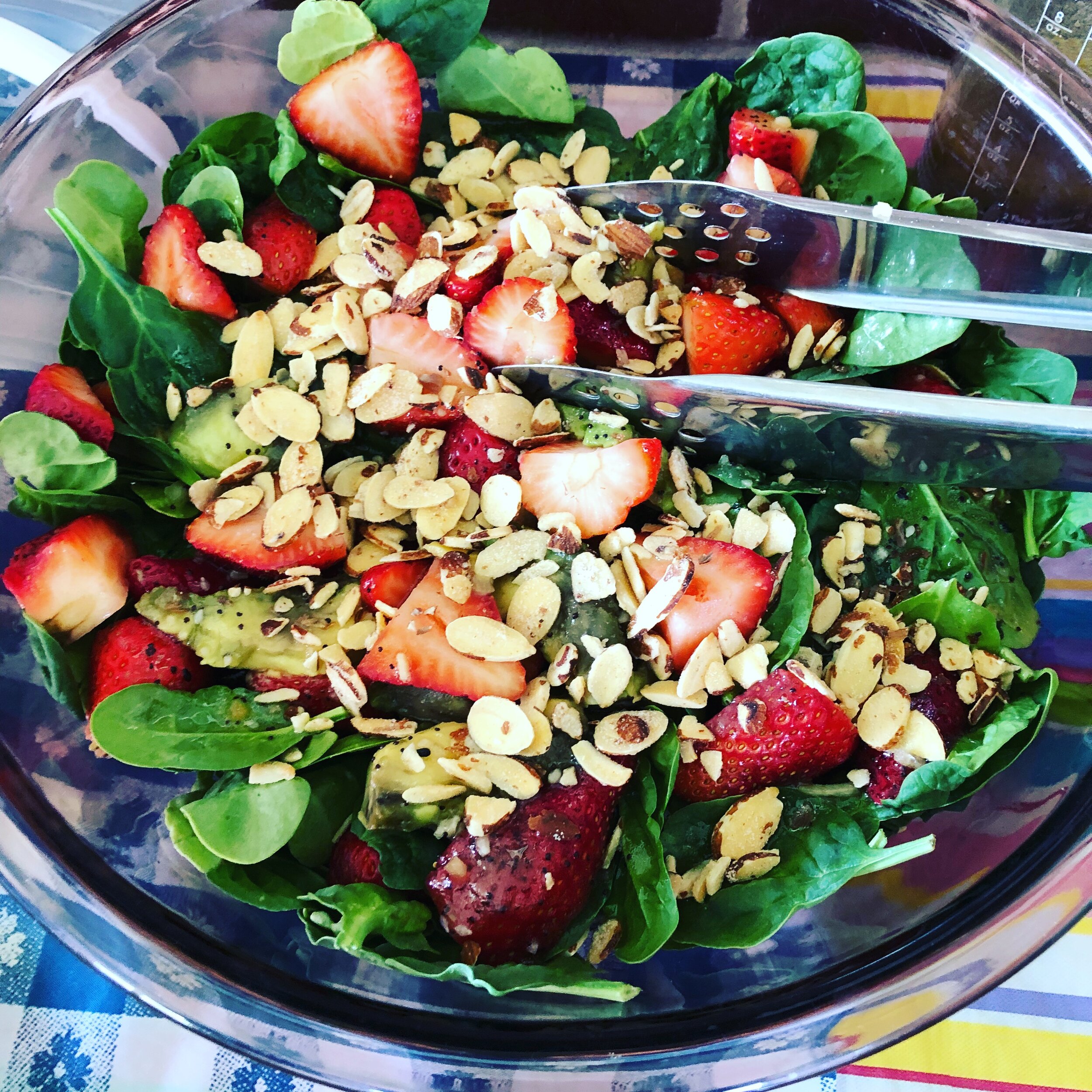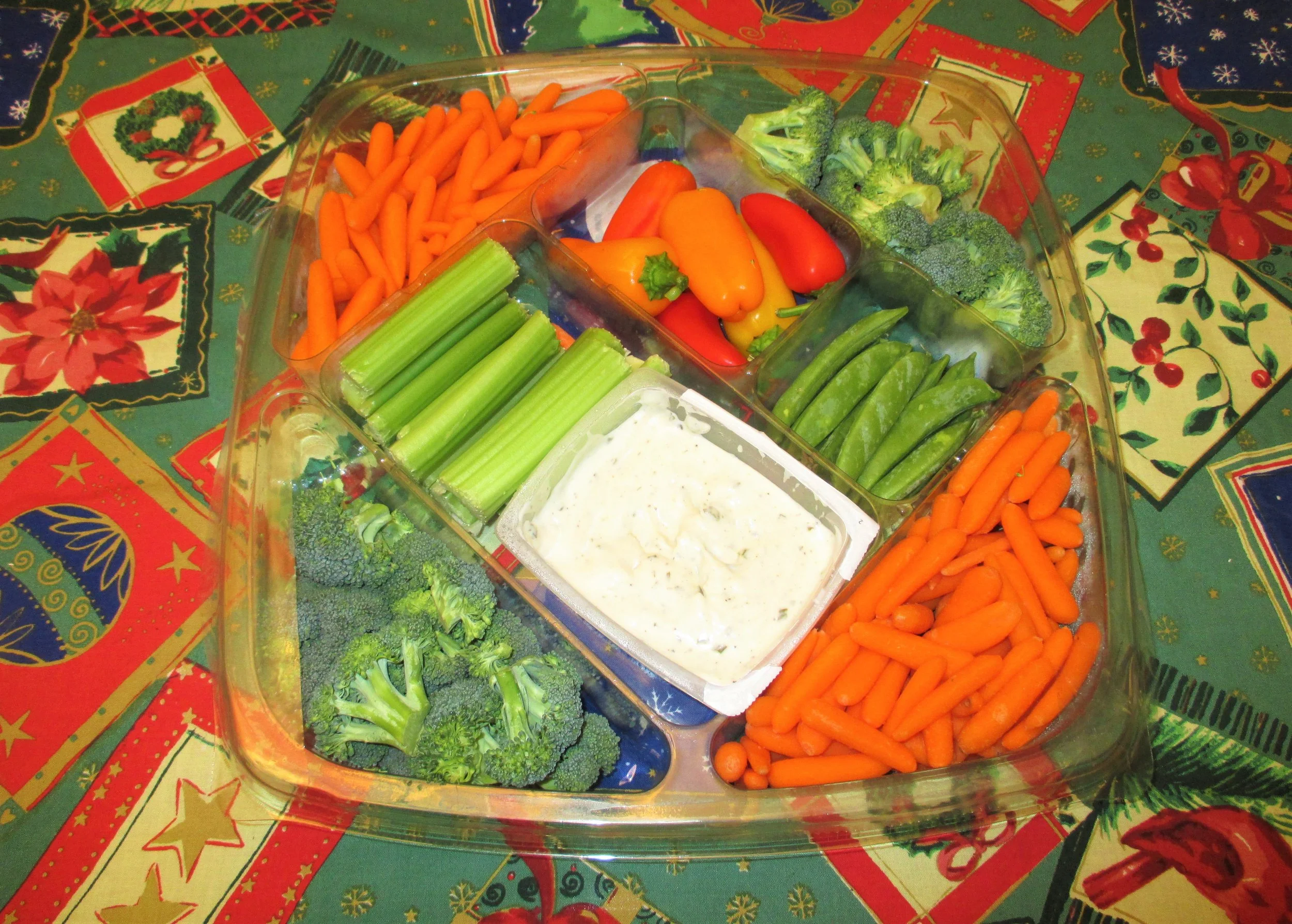When parents first learn about the principles of the ketogenic diet for seizures, many are surprised that the preferred food choices on this plan exist in complete opposition to the American food guide pyramid. The building blocks of this effective therapy for intractable seizures in children include fats such as heavy cream, butter, oils, and even avocados. Common foods such as milk, bread, rice, cereal, and pasta are noticeably absent from meals and snacks composed of roughly ninety percent fat. Through the manipulation of the amount and types of nutrients provided, seizure control may be improved. For speech therapists, working with a child on the ketogenic diet can lead to increased challenges when utilizing standard interventions.
What Is Ketosis?
Without sufficient carbohydrates present in daily food choices, the human body must switch to breaking down fat for energy. This conversion to a back-up fuel system induces the presence of ketone bodies in the blood. Although the complete action of the ketogenic diet remains under investigation, the increased levels of blood ketones, often correlates with a reduction in seizures. Even if seizure activity is not greatly reduced, neurologists are sometimes able to reduce the number or dosage of seizure medications. For some children, parents and healthcare workers have witnessed improved development in language and motor skills while closely following the diet.
The ketogenic diet is a delicate balance between fat, protein, and minimal amounts of carbohydrate, calculated and prepared by weight to achieve what is known as the ketogenic ratio. On a typical 4:1 ratio, each meal and snack provides approximately one part protein plus one part carbohydrate for every four parts fat consumed. While the average slice of bread may contain fifteen grams of carbohydrate, a child on the ketogenic diet may receive an allotment of less than five grams of carbohydrate for the entire day.
Due to the structured nature of the diet, every child must be closely followed by a ketogenic diet team including a neurologist, registered dietitian, and nursing personnel. Serum levels of nutrients are closely monitored and vitamin and mineral supplements are mandatory while children are following the diet.
Unlike low carbohydrate diets utilized for weight loss, children’s calorie and protein needs are calculated to provide sufficient nutrition for development. Growth and seizure activity is monitored closely by the keto diet team and nutrients provided are adjusted in response to each individual child.
While following the diet, even a small amount of carbohydrate can create an imbalance. For this reason, carbohydrate is restricted in the form of medications, supplements, toothpastes, and even lotions. Therapists must be careful to adhere to approved products to prevent introduction of excess carbohydrates.
Newer approaches to diet therapies for seizures include the modified Atkins diet and the Low Glycemic Index diet. Both of these diets focus on the restriction of dietary carbohydrate to a certain level, but food is not weighed on a gram scale and the allotment of carbohydrates is slightly higher than the ketogenic diet. These diets are often used for teenagers and adults as opposed to the ketogenic diet.
Typical Interventions Can Negate the Diet
For children with dysphagia, the simple addition of a commercial thickening agent or rice cereal to their liquids can have adverse consequences when trying to maintain high levels of ketosis. For this reason, traditional thickening agents cannot be offered due to the carbohydrate content. Unlike thickening agents based on modified corn starch, thickeners such as guar gum or xanthan gum are incorporated due to their incomplete absorption by the body. Pure forms of these gums can be purchased through some health food store or via the Internet. One commercial example of this type of thickener, Simply Thick, a xanthan gum based liquid, can also be incorporated into the ketogenic diet when a thickening agent is needed.
According to Beth Zupec Kania, RD, CD owner of Ketogenic Seminars and consultant for The Charlie Foundation, “success in maintaining good seizure control during both testing for swallowing issues and upgrading the ketogenic diet is found by working closely with the registered dietitian who is monitoring each child. Due to the fact that the typical first foods used for swallow studies and therapies are severely restricted in type and amount on the ketogenic diet, foods such as applesauce, must be paired with a source of fat calculated by the dietitian to maintain ketosis.”
Some children may begin the ketogenic diet receiving all or nearly all of their calories from a ketogenic tube feeding such as Ketocal, manufactured by Nutricia or Ross Carbohydrate Free formula by Abbott. For some children, if seizures decrease and development improves, more calories may be an option from oral sources in the form of snacks or meals. Small snacks of heavy cream which has been whipped and paired with pureed fruit can be calculated by a child’s registered dietitian. As children begin to consume greater amounts of intake by mouth, enteral feedings can be reduced if excess weight gain occurs.
Although fruits juices are typically avoided, beverages which are carbohydrate free such as certain flavored waters or a few approved caffeine free diet sodas can be used for oral stimulation. These beverages can also be frozen and presented at the temperature desired. Many products labeled as sugar free, including lollipops, still contain carbohydrates which will interfere with ketosis. Even sugar free gelatin, which contains protein, must be paired with whipped heavy cream to maintain appropriate levels of ketones in the blood. Zupec Kania states, “One misconception I have encountered is when parents have allowed their kids to taste a food by licking it, thinking that since they are not ingesting it, that it doesn’t contribute calories. They often experience a problem with either ketones and or seizures.”
For swallowing and motility studies calculated snacks should be provided by the family to help prevent immediate cessation of ketosis which can precipitate a seizure. The radiologic product added to the child’s food should also be free of all forms of carbohydrate.
Heidi Pfeifer, RD, LDN clinical dietitian specialist with Massachusetts General Hospital emphasizes that every child is an individual and items that are typically used in assessing children by speech therapists need to be modified. Pfeifer is fond of trying different flavors to provide oral stimulation or increase the volume of food consumed, “Even if a family is not familiar with using spices, the addition of a very small amount of hot sauce to an item such as mayonnaise or ketogenic chicken fingers can help to change the flavor and boost a child’s intake.” Although commonly used foods may need to be avoided during feeding and speech therapy, using a little creativity and being knowledge about the guidelines of their diet can make a big difference in working with these children and helping to maintain their seizure control.
Food Options for Therapy
The following foods according to Beth Zupec Kania, RD, CD should not be offered on their own, but can be paired by the ketogenic dietitian with a calculated source of fat for feeding therapies. Children who have a feeding tube can receive their fat source enterally.
Soft
Cooked or canned green beans, carrots, or squash, avocado.
Ripe kiwi with the seeds removed.
Firm
Honeydew melon, nectarine, papaya, peach with the skin removed. Popcorn with the hull removed prior to weighing.
Dark meat chicken with the skin removed.
Crunchy
Plain cheerios, Rice Krispies, All Bran- although these are very high in carbohydrate, a few pieces can be worked into a meal or snack.
List of resources
www.charliefoundation.org
www.matthewsfriends.org




































